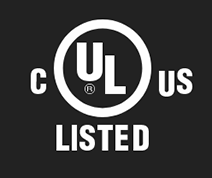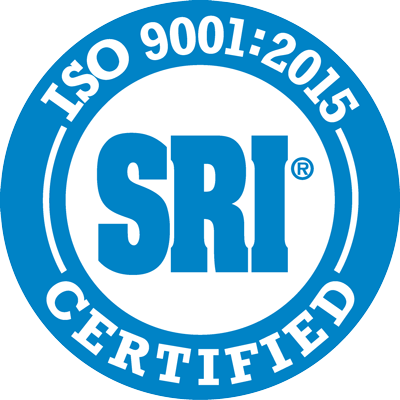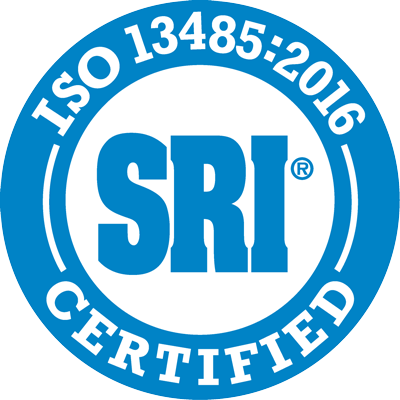Nitrogen Leak Testing: Why N2 Gas For Leak Detection?
Leaks cause problems in virtually any industrial setting that utilizes pipes. Leaks can lead to lost profits, damaged equipment, extra work, and lost time. Whether you’re working in the automotive industry, in the HVAC industry, or in another industry where leaks can cause problems, nitrogen leak detection can help you identify leaks when they occur.
In many circumstances, a leak test with nitrogen is one of the most efficient ways to find leaks. Nitrogen leak detection is efficient and safe when properly conducted. This article will identify the benefits of nitrogen leak testing, how nitrogen leak testing is conducted, and why a nitrogen leak test is a smart way to identify leaks in many industries.
Basics of Nitrogen Leak Testing
Nitrogen leak testing is the use of nitrogen to identify the location of leaks in an enclosed system. Using a nitrogen leak detector method can help you find leaks where they’re at, and determine when those leaks have been resolved.
Compared with other types of leak testing, nitrogen is cost-effective and accurate. Nitrogen is an inert gas, which means that it’s non-corrosive and non-combustible.
Nitrogen can be used to identify leaks in refrigeration systems, pipelines, newly installed fire sprinkler systems, food processing facilities, and more.
Benefits of Using Nitrogen for Leak Detection
Many businesses use nitrogen for leak detection. Knowing the benefits of nitrogen leak detection can help you decide if this type of leak detection is the right method for your business. Remember that there are many ways that you can identify leaks, so familiarizing yourself with the many options is important.
Nitrogen is Abundant
The Earth’s atmosphere is made up of nearly 80 percent nitrogen, which makes it one of the most common elements on Earth. The natural abundance of nitrogen makes it easy to acquire for most businesses. Nitrogen generators produce nitrogen by taking in the gas in the air and separating the nitrogen from the oxygen and other elements and contaminants.
Safety
Nitrogen is overall very safe. It’s non-toxic for people, and in fact, is something that people breathe all the time. Nitrogen is also non-combustible. Compared to gasses like oxygen, this makes nitrogen overall a very safe element to use.
Accuracy and Reliability
A properly conducted nitrogen leak detection test is an accurate way to identify leaks in an enclosed system. To ensure accuracy, it’s important to ensure that anyone who is tasked with leak detection knows how to do it correctly.
Environmental Benefits
Nitrogen is not harmful to the environment, and if produced with a nitrogen generator, collecting nitrogen has a low environmental impact.
Inert
Nitrogen is inert, which means that it’s non-reactive with other substances. It’s unlikely to cause corrosion, which puts it in contrast with elements like oxygen.
Industries Where Nitrogen Leak Testing is Crucial
Nitrogen leak testing is crucial to a variety of systems. Below are some of the industries where nitrogen leak detection is common.
- HVAC Systems
- Automotive Industry
- Aerospace and Aviation
- Oil and Gas Pipelines
In each one of these industries, the use of nitrogen to detect leaks can help keep equipment in use and can help prevent downtime of important systems.
How Nitrogen Leak Testing Works
There are different methods to perform nitrogen leak testing. First, the portion of the system that is being tested must be isolated from the rest of the system. Next, nitrogen is pushed into the system up to the standard expected pressure. Assuming a range of pressure is acceptable, the system must be tested to the upper limits of the range.
Finally, the edges and connections within the system must be coated in a soapy solution to detect leaks. If there is a leak, the soapy solution will produce more suds in the areas around the leak.
To perform this type of test, you’ll need a source of nitrogen and a soapy solution.
Start Nitrogen Leak Testing Today
Nitrogen leak testing can help you catch leaks where they form before they become unmanageable. When leak testing with nitrogen, it’s important to give the job to workers who have been trained to use nitrogen for leak testing and know how to do it safely.
Using a nitrogen generator can help ensure efficiency and control costs when leak testing. On Site Gas Systems produces nitrogen generators for leak testing and other industrial purposes. Call today to learn more about our PSA nitrogen generators, membrane nitrogen generators, and custom systems for your business.





